In the dense, humid rainforests of Central and South America, a silent predator moves with calculated precision through the undergrowth. The jaguar, with its muscular build and distinctive rosette pattern, is not just another big cat—it’s a specialized killing machine with a hunting method unlike any other feline on Earth. While lions suffocate their prey and tigers typically attack the neck, jaguars have evolved a uniquely powerful bite that allows them to crush the skulls of their victims, penetrating directly into the brain. This remarkable adaptation has made the jaguar one of the most efficient and feared predators in the Americas, capable of taking down prey much larger than itself with a single, devastating bite. Let’s explore why jaguars alone among cats have developed this extraordinary skull-crushing ability, and what makes their bite force and hunting technique so exceptional in the feline world.
The Jaguar’s Evolutionary History

Jaguars (Panthera onca) evolved approximately 2 million years ago, descending from Asian ancestors that crossed the Bering Land Bridge into North America before eventually spreading southward. As they adapted to the diverse ecosystems of Central and South America, jaguars developed distinct hunting strategies that separated them from other big cats.
Their evolutionary path diverged significantly from their cousins in Africa and Asia, leading to specialized adaptations for hunting in dense jungle environments where visibility is limited and prey is diverse. This unique evolutionary history has shaped the jaguar into a predator with capabilities that reflect its specific ecological niche—including its trademark skull-crushing bite, which represents a remarkable example of evolutionary specialization in response to environmental pressures and available prey species.
Anatomy of a Skull-Crusher

The jaguar’s ability to crush skulls stems from its distinct physical anatomy. Compared to other big cats of similar size, jaguars have exceptionally broad heads and powerful jaw muscles. Their skull is shorter and wider, providing greater mechanical advantage when biting. The temporal muscles, which power jaw closure, are particularly massive in jaguars, anchoring to a pronounced sagittal crest on top of the skull.
Additionally, jaguars possess remarkably robust canine teeth and specialized carnassial teeth designed for cutting and crushing bone. Their shorter, stockier build—with strong neck and shoulder muscles—allows them to hold struggling prey while delivering their powerful bite. This unique combination of anatomical features creates the perfect biological machinery for generating the tremendous force needed to penetrate the hardest parts of their prey’s anatomy.
Record-Breaking Bite Force

The jaguar’s bite force is truly extraordinary, measuring approximately 1,500 pounds per square inch (psi)—the highest bite force relative to body size of any big cat. For comparison, lions exert about 1,000 psi, tigers around 1,050 psi, and grizzly bears approximately 1,200 psi. This remarkable force allows jaguars to puncture turtle shells and crush caiman skulls with ease. Scientific studies have confirmed that jaguar bite force exceeds what would be predicted based on their size alone, suggesting specialized adaptation. The bite is delivered through precisely positioned canine teeth that can penetrate between vertebrae or through the temporal bones of the skull. This exceptional biting power enables jaguars to dispatch prey quickly and efficiently, minimizing their own risk of injury during hunts—a critical evolutionary advantage in their competitive rainforest habitats.
The Unique Killing Technique

What truly sets jaguars apart from other big cats isn’t just their bite force, but their distinctive killing technique. While lions typically suffocate prey by clamping down on the throat and tigers often sever the spinal cord with a neck bite, jaguars employ a different strategy altogether. They position their powerful bite directly between the ears of their prey, driving their canines through the skull and into the brain. This technique, known as a cranial bite, results in instantaneous death for the victim.
The precision of this approach is remarkable—jaguars can locate the exact point where their canines can penetrate between the vertebrae or through the temporal bones with surgical accuracy. This specialized hunting method allows jaguars to quickly dispatch prey even in water, where other killing techniques might be less effective, giving them a significant advantage when hunting caimans, capybaras, and other semi-aquatic species.
Adapting to Aquatic Prey

Jaguars are exceptional swimmers and frequently hunt in and around water, a behavior that has influenced their skull-crushing adaptation. Their habitat throughout Central and South America includes numerous waterways where they encounter prey such as caimans, capybaras, and river turtles—animals with significant natural protection. Caimans, in particular, represent a formidable challenge with their armored bodies and powerful jaws. The jaguar’s cranial bite allows them to dispatch these dangerous reptiles quickly before they can retaliate.
Similarly, turtle shells that would deter most predators pose little challenge to a jaguar’s powerful bite. This specialization for hunting aquatic and semi-aquatic prey distinguishes jaguars from other big cats like lions and tigers, which primarily target terrestrial mammals. The ability to exploit this aquatic niche has given jaguars access to food sources unavailable to potential competitors, reinforcing their position as apex predators in these diverse ecosystems.
Ecological Advantages of Skull-Crushing

The jaguar’s skull-crushing ability provides several ecological advantages beyond simply killing prey efficiently. This specialized technique allows jaguars to access nutritious brain tissue that might otherwise be protected by thick bone—a valuable resource in environments where competition for food can be intense. Additionally, the quick, decisive kill minimizes energy expenditure during hunts, an important consideration for a solitary predator that doesn’t have pack members to assist with lengthy pursuits or struggles.
The skull-crushing bite also enables jaguars to target a wider variety of prey species, including those with natural armor or dangerous defenses that might deter other predators. This dietary flexibility has allowed jaguars to thrive across diverse habitats, from tropical rainforests to grasslands. By evolving this unique hunting method, jaguars have carved out a distinctive ecological niche that reduces direct competition with other large predators in their range.
Comparing Big Cat Hunting Techniques
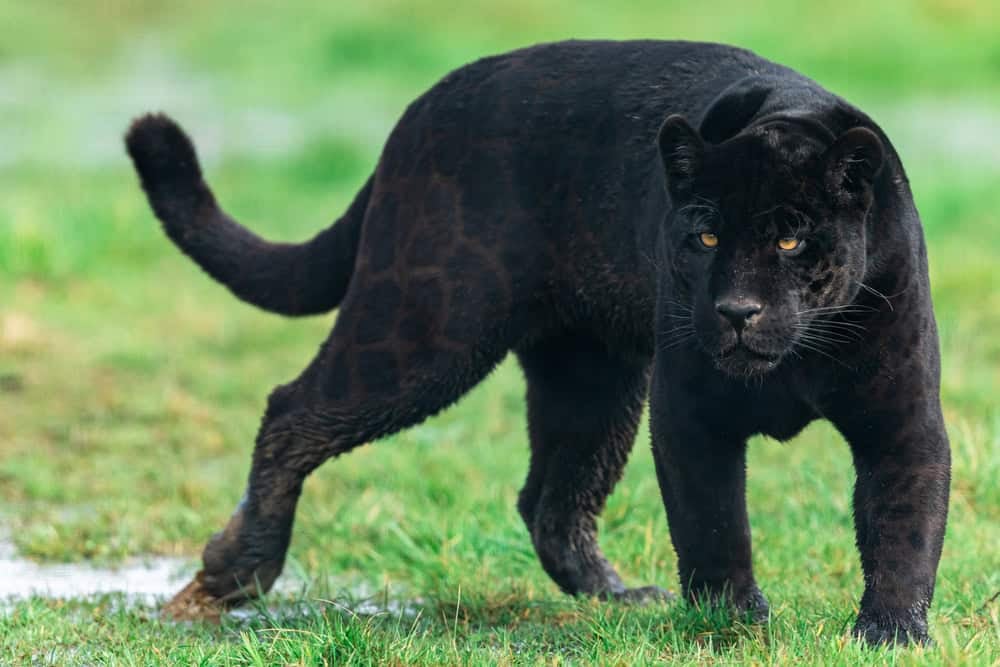
Each big cat species has evolved specialized hunting techniques suited to their environment and prey. Lions, as social hunters, typically employ group tactics to exhaust prey before one member delivers a suffocating throat bite—a method well-adapted for hunting large herbivores in open savanna. Tigers use their immense strength to break the necks of their prey or sever the spinal cord with a precisely placed bite between vertebrae—effective for the large deer and wild boar they hunt in forests.
Leopards, with their exceptional climbing ability, often dispatch prey with a throat bite before hauling carcasses into trees to avoid competition. Cheetahs, built for speed rather than power, trip their prey while running and deliver a suffocating bite once the animal is down. Against this backdrop, the jaguar’s skull-crushing technique represents a unique specialization that sets it apart in the feline family. This diversity of killing methods among big cats illustrates how evolutionary pressures have shaped different solutions to the same fundamental challenge of predation.
The Role of Habitat in Shaping Hunting Style

The dense rainforest environment that constitutes much of the jaguar’s range has played a crucial role in shaping its unique hunting style. In these thick jungles, visibility is limited, and extended chases are impractical due to vegetation barriers. This environment favors ambush predators with powerful, quick-kill techniques rather than pursuit hunters. The forest floor’s complex terrain, intersected by waterways, creates natural bottlenecks where jaguars can effectively ambush prey.
Additionally, the diversity of prey species in these ecosystems, many with specialized defenses like shells, scales, or dangerous counterattacks, necessitates a versatile yet decisive killing method. The jaguar’s skull-crushing bite represents a perfect adaptation to these challenging hunting conditions, allowing for rapid dispatching of prey in environments where prolonged struggles would be disadvantageous. This close relationship between habitat characteristics and hunting technique exemplifies how ecological context drives evolutionary adaptations in apex predators.
Cultural Significance of the Jaguar’s Power
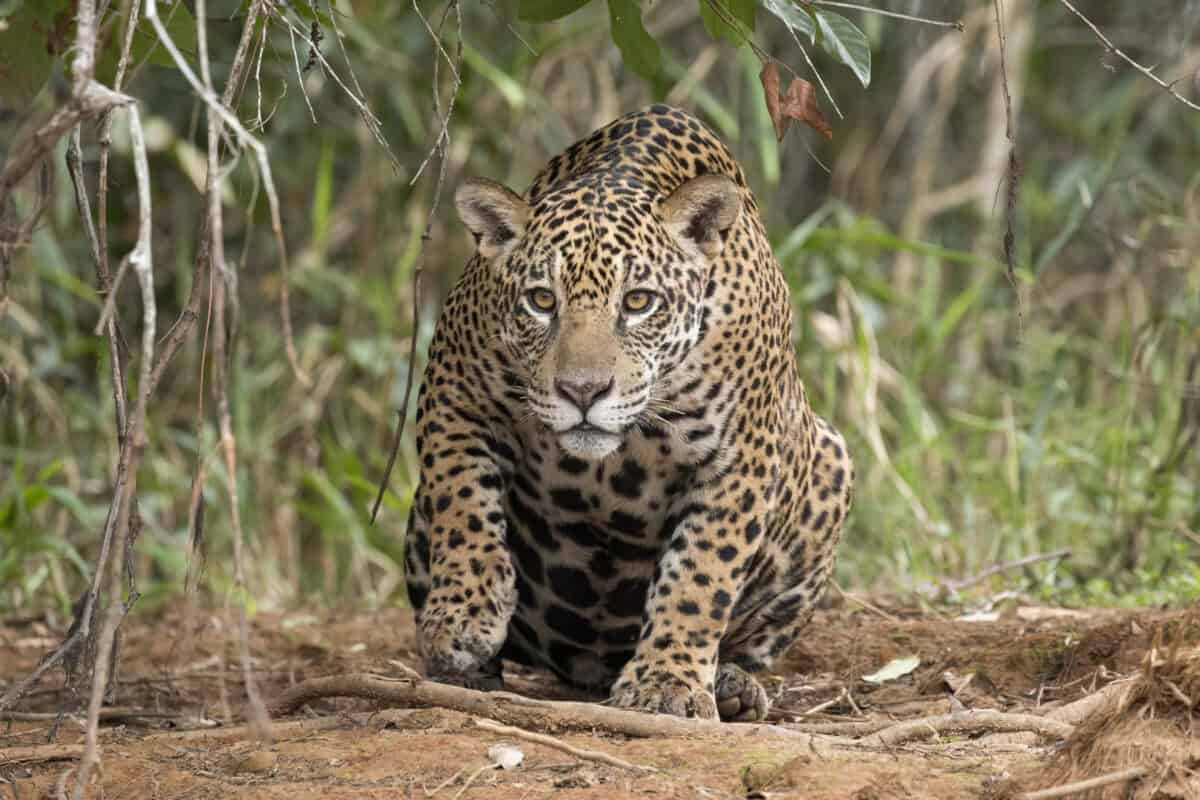
The jaguar’s extraordinary killing power has not gone unnoticed by indigenous cultures throughout the Americas, who have venerated this apex predator for thousands of years. Ancient Olmec, Maya, and Aztec civilizations featured jaguars prominently in their iconography and religious practices, often associating the animal with rulers and warriors. The jaguar’s ability to crush skulls and defeat formidable prey contributed to its status as a symbol of power, ferocity, and dominion over both the physical and spiritual worlds.
Many pre-Columbian cultures believed jaguars could move between realms, connecting the living world with the underworld. Shamans and warriors would wear jaguar pelts and teeth to channel the animal’s strength and ferocity. This cultural reverence continues in many indigenous communities today, where the jaguar remains a potent symbol of strength and natural power. The jaguar’s unique hunting abilities have thus shaped not only its ecological role but also its significant place in human cultural traditions throughout the Americas.
Conservation Implications
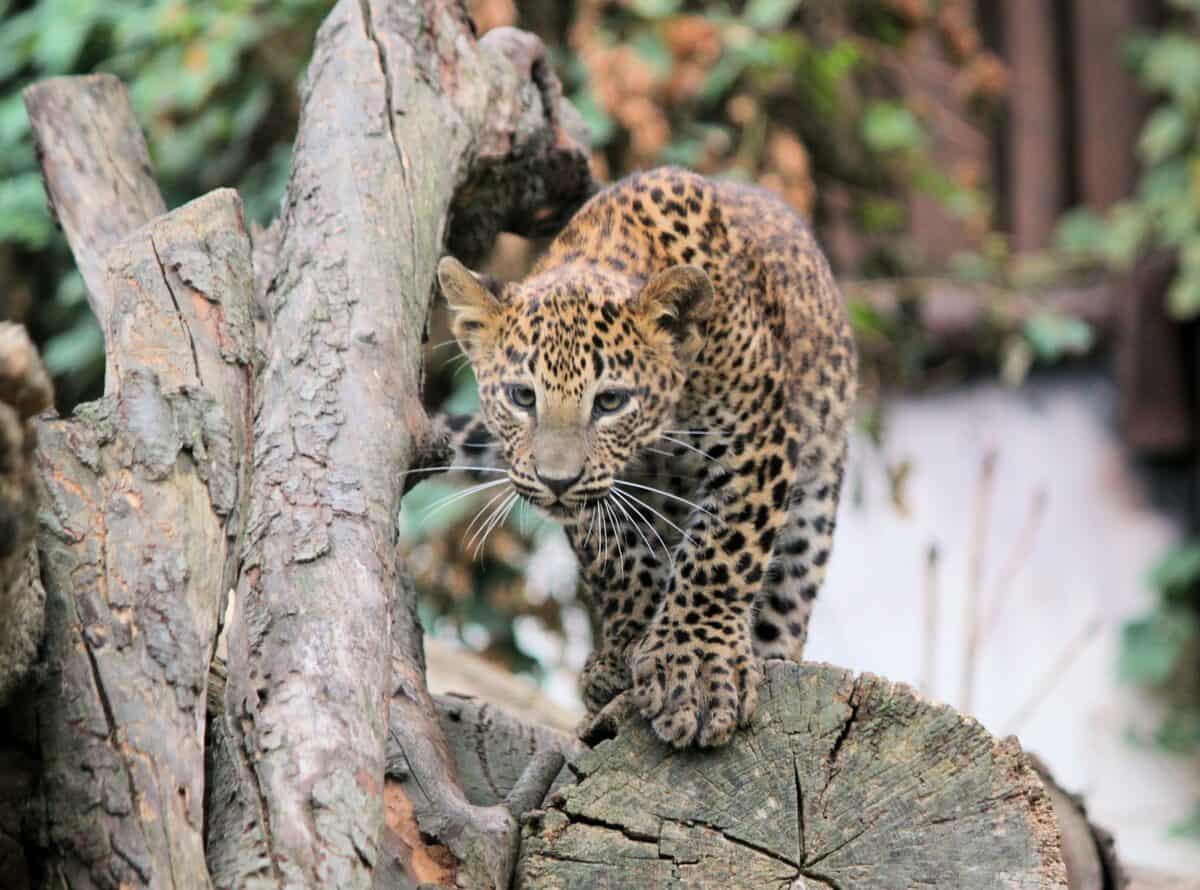
The jaguar’s specialized hunting technique and ecological role make its conservation particularly important for maintaining healthy ecosystems. As apex predators with specific habitat requirements, jaguars face significant threats from deforestation, habitat fragmentation, and human-wildlife conflict. Their need for large territories containing waterways and sufficient prey puts them at odds with expanding agriculture and development. Conservation efforts must account for the jaguar’s unique ecological niche as a predator capable of controlling populations of both terrestrial and semi-aquatic species.
When jaguars disappear from an ecosystem, the resulting trophic cascades can affect everything from prey populations to vegetation patterns. Organizations like Panthera and the World Wildlife Fund are working to establish protected corridors that allow jaguars to move safely between fragmented habitats, maintaining genetic diversity and access to sufficient hunting grounds. Preserving this unique predator—the only cat that crushes skulls—is essential for maintaining the biodiversity and ecological balance of Central and South American ecosystems.
Recent Research and Discoveries
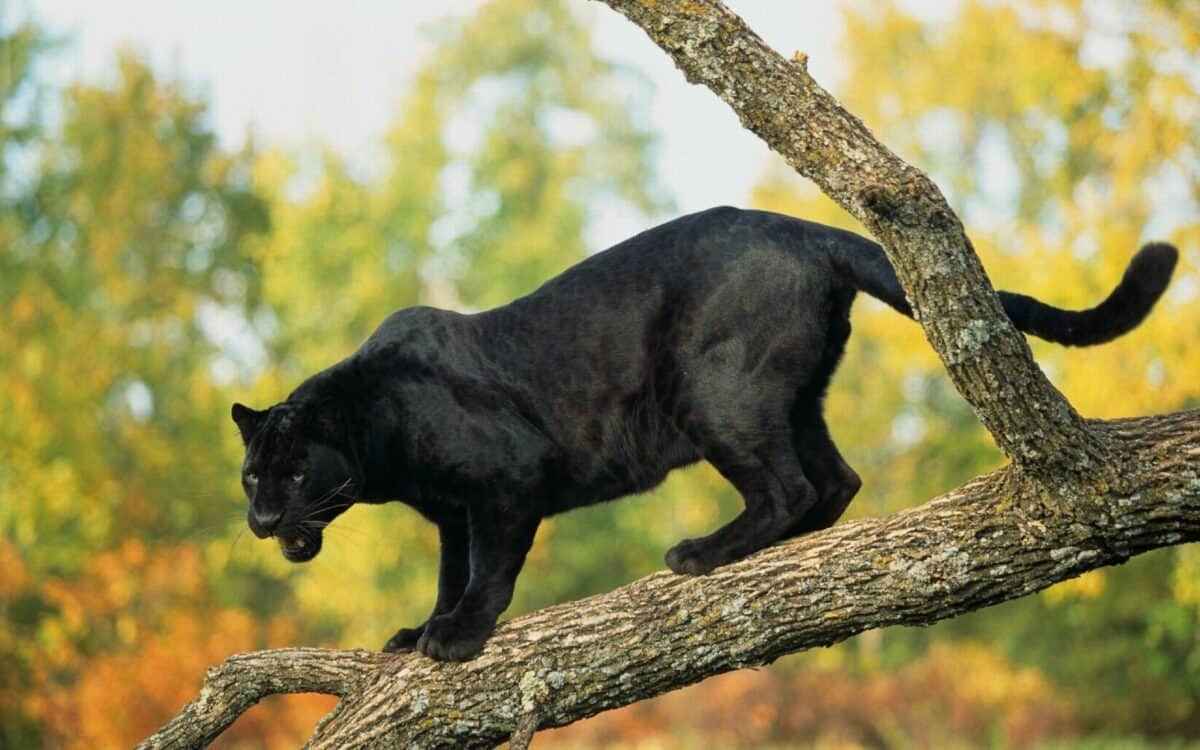
Scientific understanding of the jaguar’s skull-crushing ability continues to evolve through new research. Recent biomechanical studies have used advanced imaging techniques and computer modeling to analyze the precise mechanics of the jaguar’s bite, revealing subtle details about how force is distributed through their jaw muscles and skull. These studies confirm that jaguars have optimized their cranial structure specifically for maximizing bite force at the canines. DNA analysis has begun to shed light on the genetic basis for these adaptations, identifying specific genes related to muscle development and bone structure that differ from other big cats.
Field research using camera traps and GPS collars has provided new insights into hunting behavior, documenting the frequency and success rate of different prey-killing techniques across various habitats. Some researchers are also investigating how jaguars adapt their hunting strategies to different environmental conditions and prey availability, showing impressive behavioral flexibility that complements their specialized physical adaptations. These ongoing scientific discoveries continue to deepen our appreciation for the remarkable evolutionary success represented by the jaguar’s unique hunting adaptations.
Impact of Climate Change on Jaguar Hunting
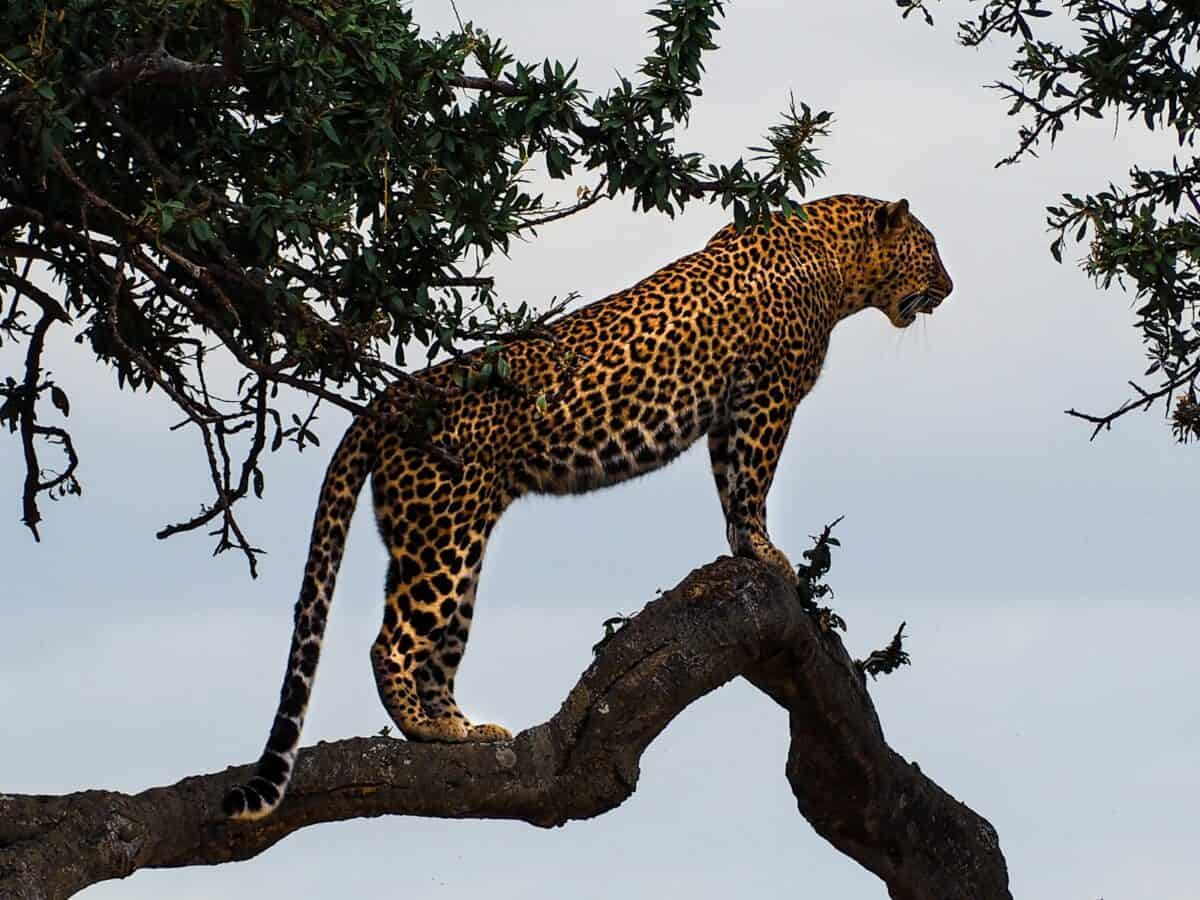
Climate change presents new challenges that may affect the efficacy of the jaguar’s specialized hunting technique. As temperatures rise and rainfall patterns shift across Central and South America, many aquatic and semi-aquatic prey species face population pressures. Droughts can reduce water levels in rivers and wetlands, potentially limiting access to caimans, capybaras, and other prey that jaguars have evolved to hunt with their skull-crushing bite. Conversely, flooding in other regions may temporarily expand aquatic habitats but displace terrestrial prey.
These climate-driven ecological shifts may force jaguars to adapt their hunting strategies or alter their dietary preferences to survive. Some research suggests jaguars may increasingly target livestock as natural prey becomes less available, heightening human-wildlife conflict. Conservation strategies must therefore consider not only habitat preservation but also how climate change might affect the predator-prey relationships that have shaped the jaguar’s unique hunting specialization. Maintaining connected, diverse habitats that provide multiple prey options will be crucial for ensuring that jaguar populations can continue to employ their remarkable skull-crushing ability effectively in a changing world.
Conclusion: Nature’s Perfect Predator
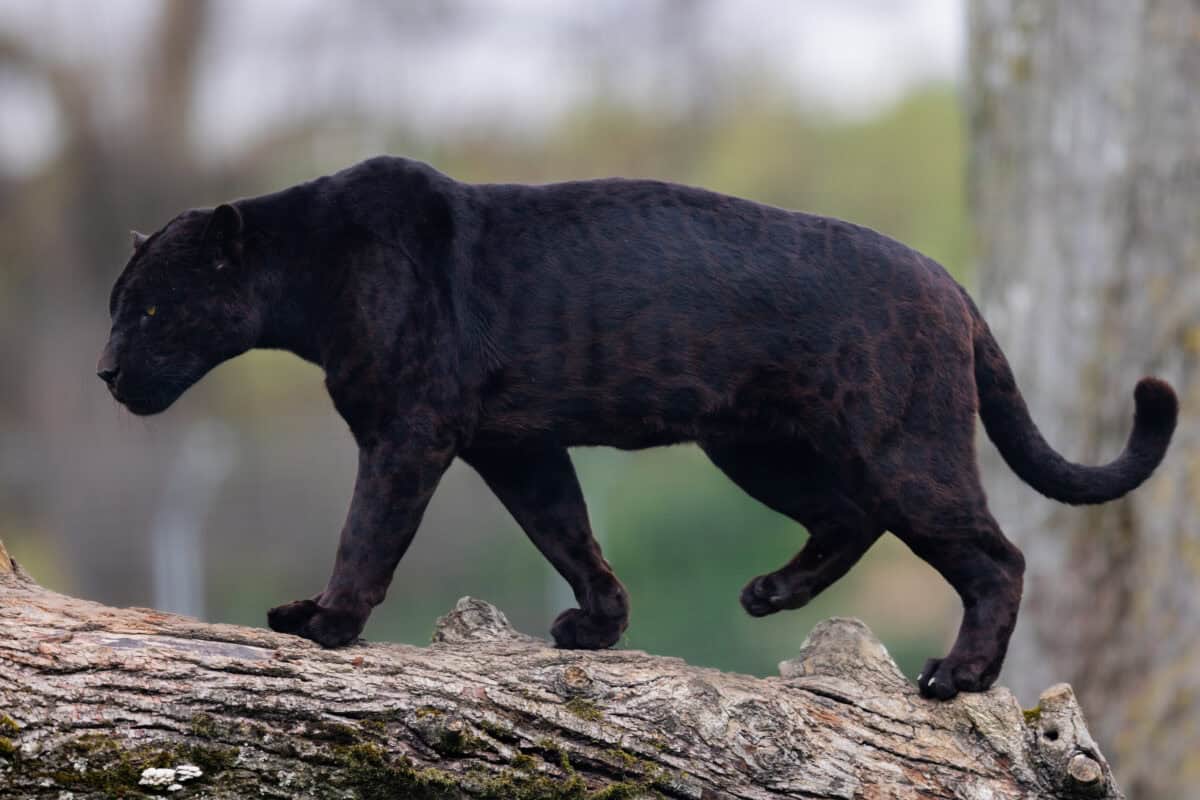
The jaguar’s unique skull-crushing ability represents one of nature’s most remarkable examples of specialized predatory adaptation. Through millions of years of evolution, this magnificent cat has developed the perfect combination of anatomical features—powerful jaw muscles, robust skull structure, and precisely positioned teeth—to generate a bite force unmatched in the feline world. This extraordinary adaptation has allowed jaguars to exploit ecological niches unavailable to other predators, securing their position as apex hunters in diverse Central and South American ecosystems.
The jaguar’s hunting technique not only demonstrates the incredible power of natural selection to shape specialized traits but also highlights the intricate relationship between predators, prey, and their shared environment. As we work to conserve these magnificent animals and their habitats, we preserve not only a species but an evolutionary marvel—the only cat capable of crushing skulls, a testament to the incredible diversity of adaptations that have evolved on our planet.
- Jaguars Are the Only Cats That Crush Skulls—Here’s Why - August 9, 2025
- How Sloths Help Support Mini-Ecosystems in Their Fur - August 9, 2025
- Eagles vs. Snakes: Who Would Win? - August 9, 2025

